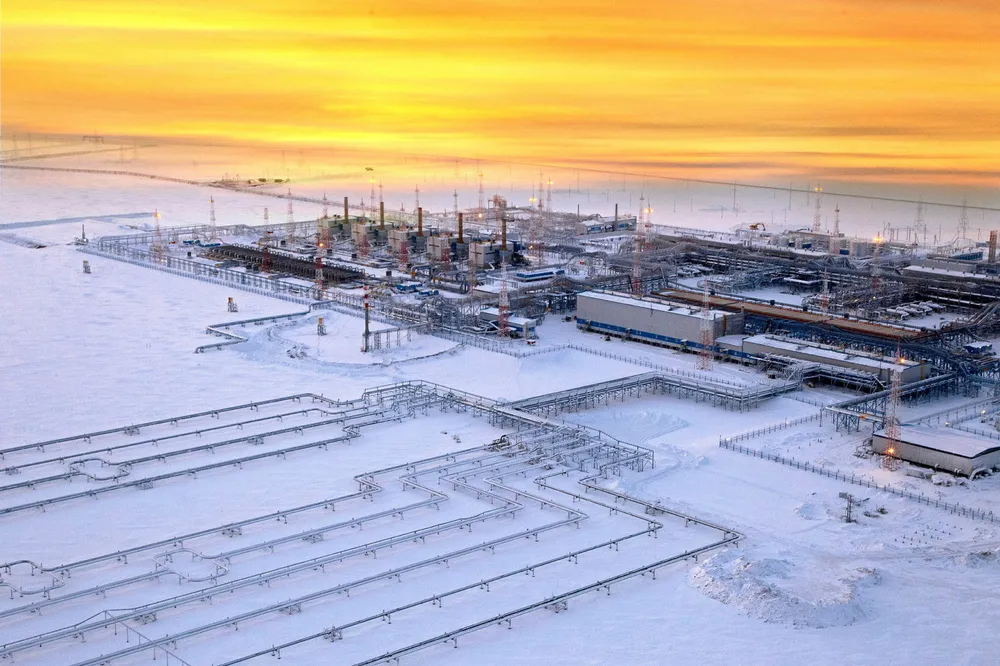Gazprom lures European customers with gas delivery promise
Fine print: remove opposition to, and certify operations of, Nord Stream 2 to ease continental Europe gas shortage

Fine print: remove opposition to, and certify operations of, Nord Stream 2 to ease continental Europe gas shortage
